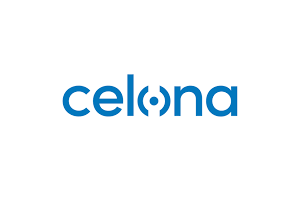Celona has introduced enhancements to its cloud-based 5G LAN (local area network) orchestration platform that help IT staff measure, monitor and analyse the experience for private wireless users, devices and sites.
Bundled within its turnkey 5G LAN solution, the Celona Orchestrator is a cloud-based platform that enables full RAN (radio access network) to LAN administration of Celona 5G LAN infrastructure. Celona’s Orchestrator provides intuitive Web-based point-and-click controls to easily provision and optimise all aspects of a private wireless network including users, devices, access controls, QoS (quality of service) policies and applications.
Using advanced data science techniques, enterprises can now automatically quantify critical performance aspects of Celona 4G and 5G private wireless infrastructure, such as stability, access, service, and application quality, with actionable data to identify and remediate potential problems.
“Enterprise IT staff aren’t data scientists,” says Puneet Shetty, VP of products for Celona. “They want actionable data and correlated insights into the device experience. Direct access the underlying data driving the network experience in a manner that is easy to consume is becoming a prerequisite for success. Until now this hasn’t been available within the private wireless market.”
Pinpointing problems and keeping score
Using modern data science methods, Celona’s Orchestrator platform now delivers analytics that enable IT staff to pinpoint potential root causes for poor device experience while quantifying critical performance aspects of the network.
A device experience score is calculated every five minutes as good, fair, or poor based on its negative impact on the network. The device experience score and underlying factors can be aggregated per site or across all sites.
Different data metrics are analysed and correlated to determine the device experience score. These factors include attach success rates, handover, time to attach, time to handover, time to recover after radio disconnect, and time to recover after a handover disconnect. The evidence observed for each of these metrics increases or decreases the experience score.
Broader visibility into network events
For enhanced visibility, time-based filtering is available for a myriad of network incidents such site, AP, device, and edge events.
An infrastructure summary provides an at-a-glance view of the experience history of the entire private wireless network over a specified time period along with a ranking of the device experience for each site.
To better understand the experience ranking, detailed evidence such the percentage of successful attach attempts, handovers, and average time to attach and handover are directly available. Factors diminishing device experience, such as attach, and handover failures and recovery times enable IT staff to determine where the most attention should be focused to correct potential experience issues.
Comment on this article below or via Twitter: @VanillaPlus OR @jcvplus






